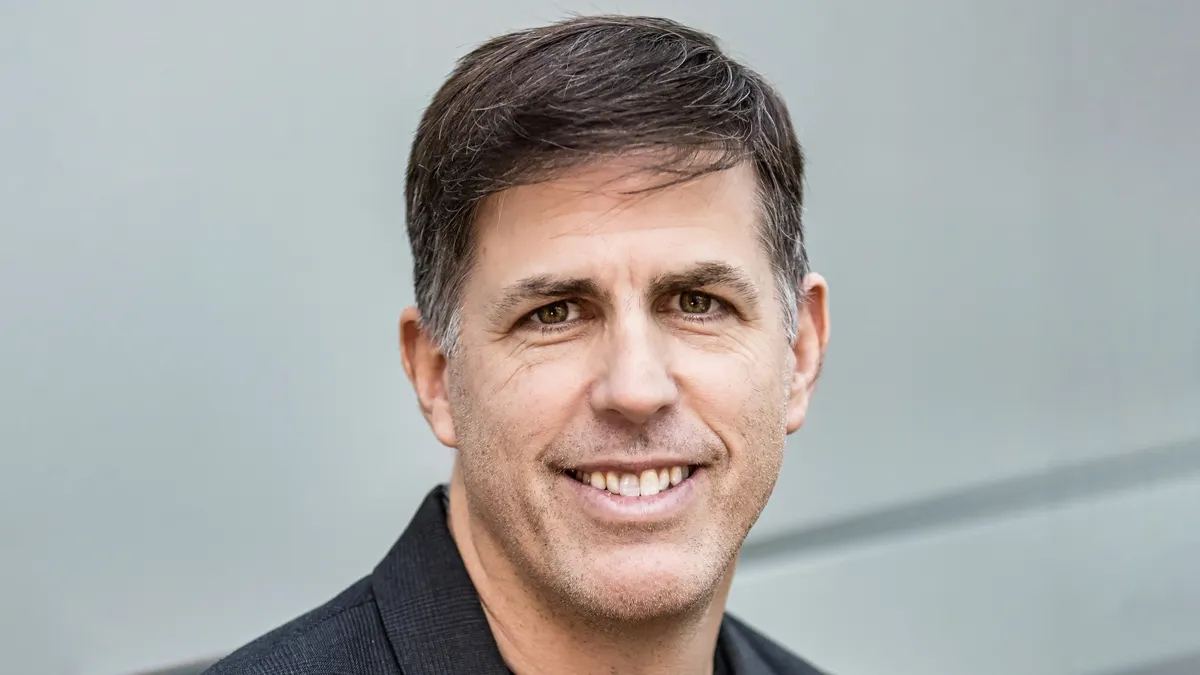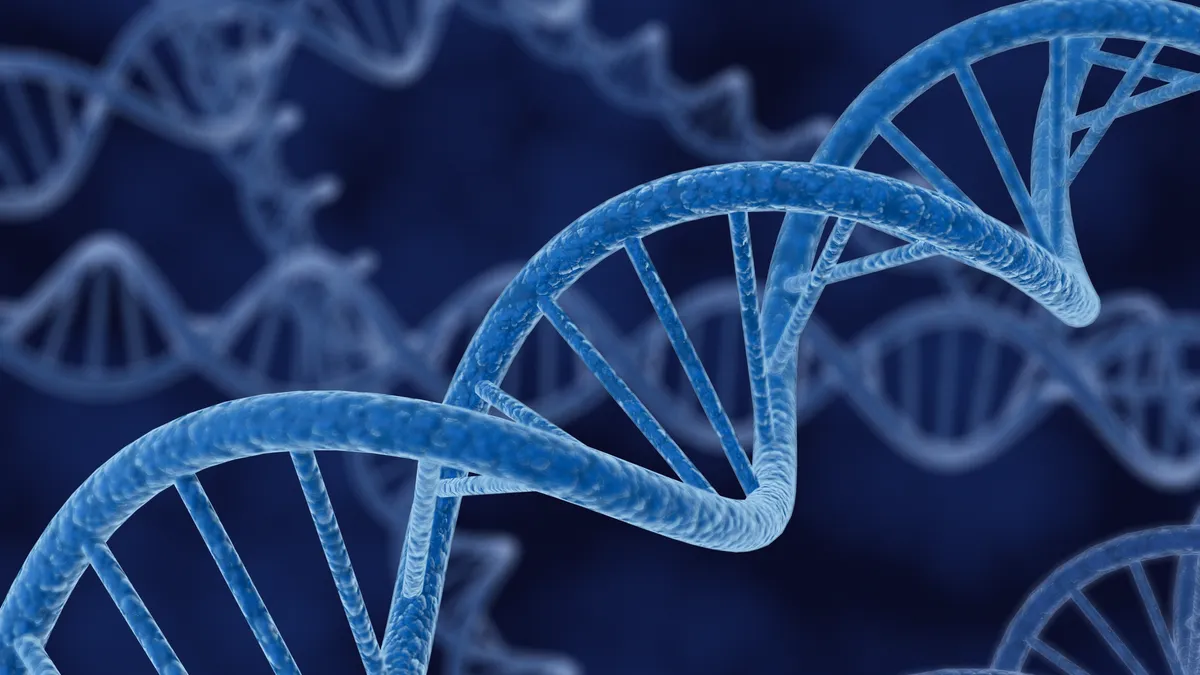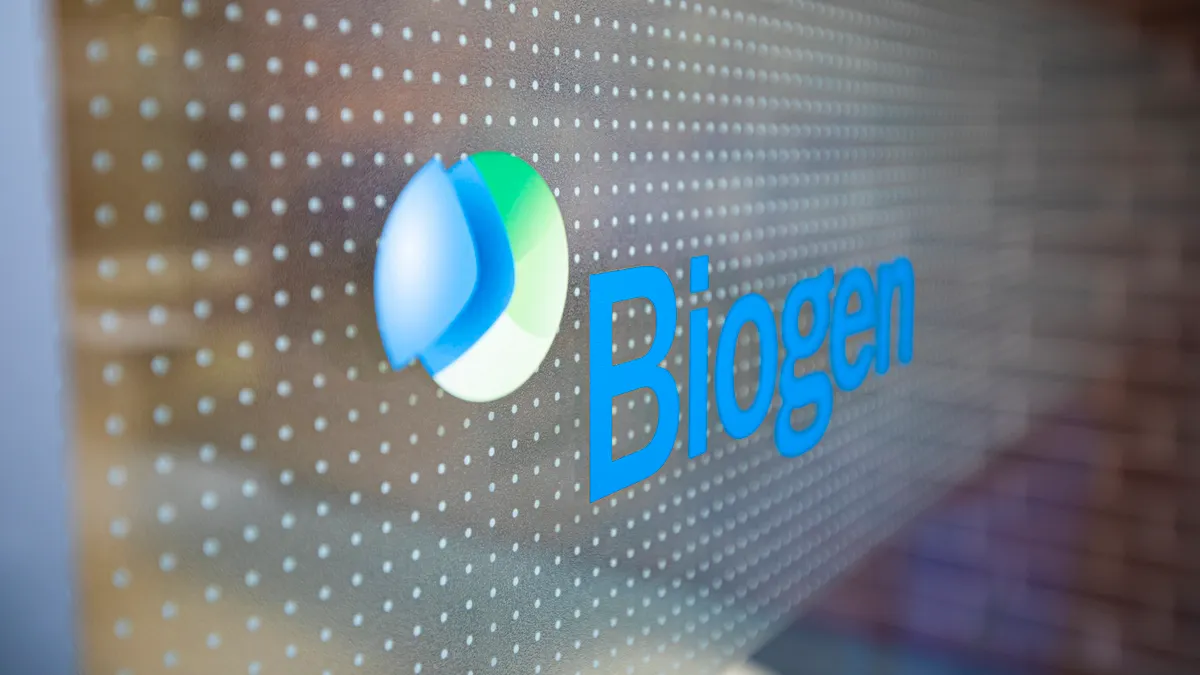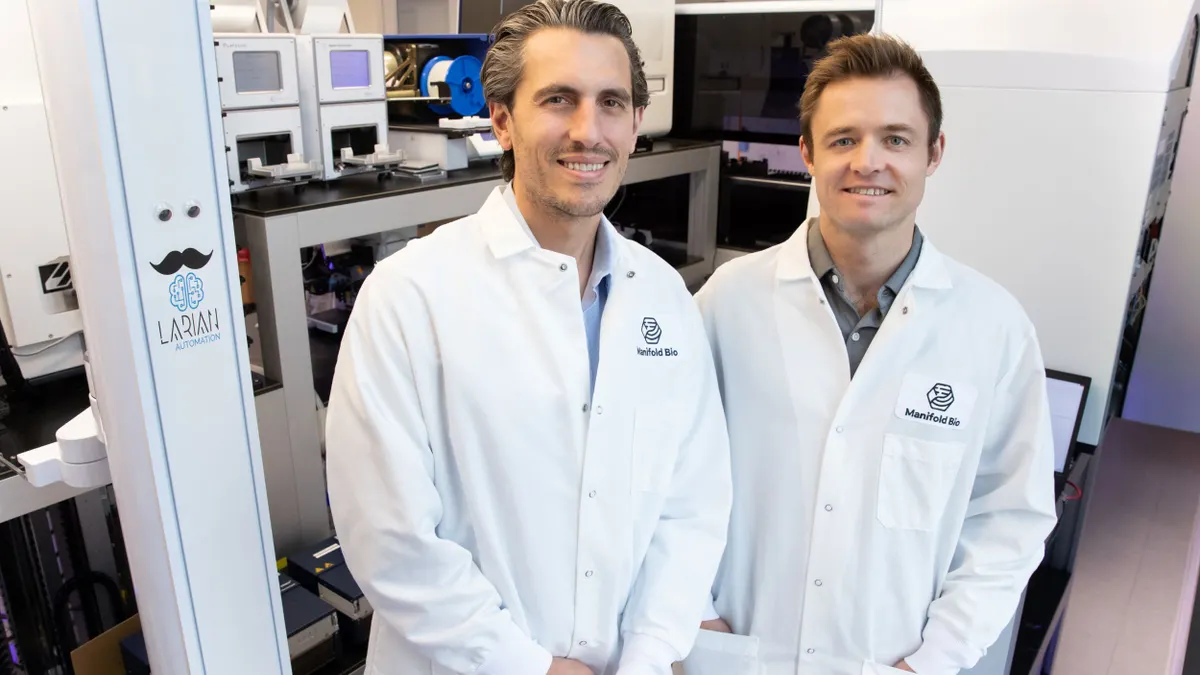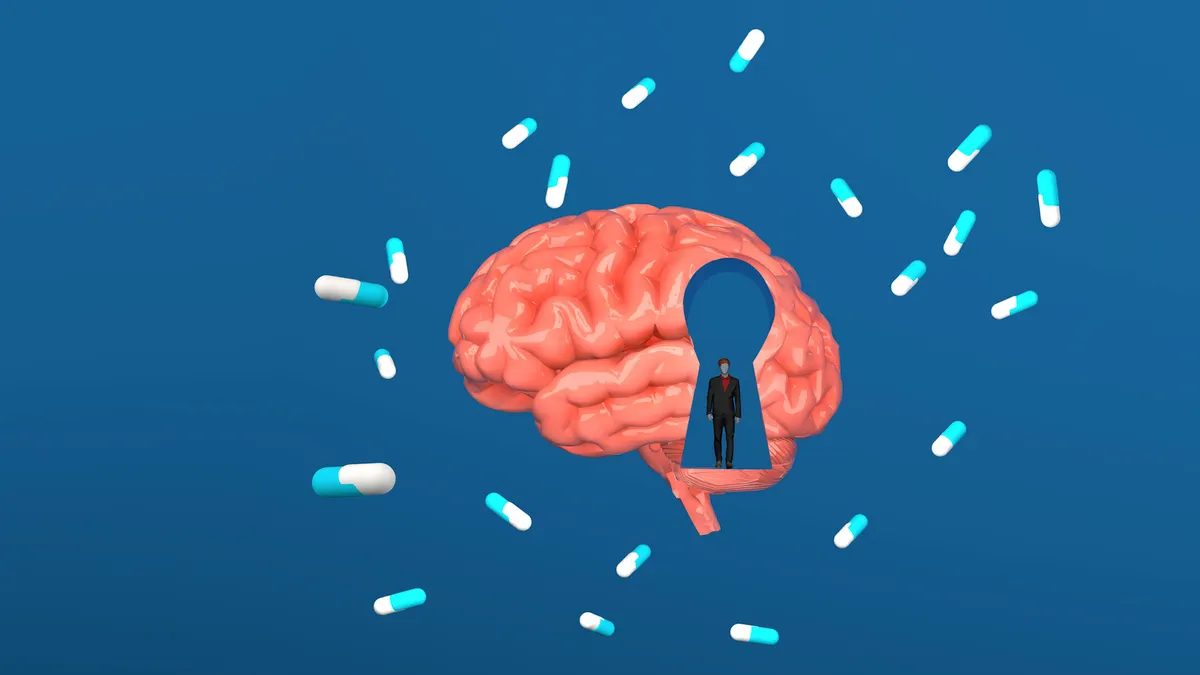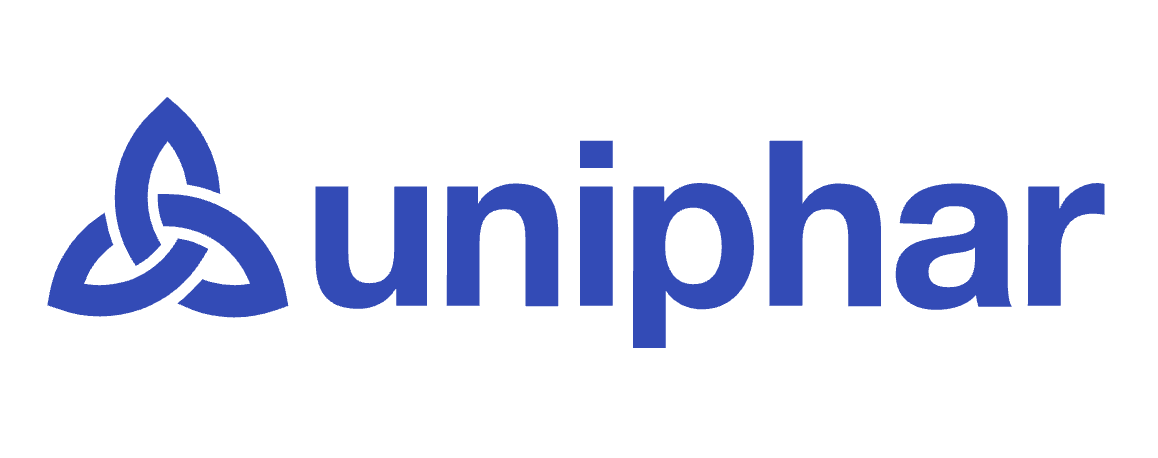The Novo Nordisk Foundation bridges two distinct disciplines — quantum computing and life sciences — to solve some of healthcare’s biggest challenges and tackle global sustainability at the same time. To do that, the Danish foundation will also have to invent a new type of quantum computer.
“Within the life sciences, for example, we can accelerate development in personalized medicine by letting quantum computers process the enormous quantity of data available about the human genome and diseases,” said Lene Oddershede, senior vice president of natural and technical sciences at the Novo Nordisk Foundation, and head of the foundation’s Quantum Computing Programme.
In the simplest terms, classical computers operate with a pattern of ones and zeros to accomplish tasks with brute force. The field of quantum computing uses three-dimensional directionality to operate on a whole new level of complexity.
The goal for the foundation, Oddershede said, is to have the first fully functional, generally applicable quantum computer available by 2034. An unusual collaboration between the disciplines of quantum technology and life sciences is what could drive them to achieve it — physicists and engineers working closely with researchers from the life sciences on a daily basis.
“These are two quite distinct disciplines, the researchers do not share the same language and they do not align on which problems are the important ones to solve, so we took our starting point there,” Oddershede said. “This close interdisciplinarity is a crucial parameter for success.”
"It will improve our understanding of drugs, the genome, how nature works. It will change our world from what we know today."

Lene Oddershede
Senior vice president of natural and technical sciences, Novo Nordisk Foundation
The appointment of Oddershede to lead this ambitious initiative three years ago was an inspired choice. The acclaimed physicist is noted for operating at the interface “between disciplines and has promoted the importance of doctors and researchers from other disciplines communicating more and using one another’s expertise across scientific disciplines to achieve great breakthroughs.” In addition to her Novo Nordisk role, she is also a professor of physics at the Niels Bohr Institute of the University of Copenhagen, one of the main collaborators with the program.
The timeline for the collaboration is 12 years, the first seven of which have been funded by a $200 million grant to kick-start the development of the new quantum computer.
“The second half of the project will be spent scaling the selected platform up to a size so that it becomes usable for university and industry researchers in addition to using it to solve relevant problems within the life sciences,” she said. “Quantum computers' huge computational power will strongly influence the green transition and the development of new medicines.”
The directional ability of a quantum computer is measured in qubits.
“A qubit can be 0, 1 or a combination of the two states, and this provides significant new possibilities for the computing unit,” Oddershede said. “The program aims to produce a fault-tolerant and generally applicable quantum computer. The fact that a quantum computer is fault-tolerant means that it will not be plagued by noise, which makes the calculations imprecise. Such a quantum computer does not exist today and is incredibly demanding to fabricate.”
While the goals of the program are ambitious, Oddershede has no doubt that the global team of world-class researchers, scientists and physicists from MIT, Delft University of Technology, Technical University of Denmark, Aarhus University and University of Toronto are up to the challenges ahead.
“I’m completely confident that the quantum computer will come. It will change our world from what we know today, and we need to be in that race,” Oddershede said.
Oddershede recently sat down with PharmaVoice to explain the quantum computing program’s genesis, its goals and what makes it different.
This interview was edited for style and brevity.
PHARMAVOICE: How did you kick off the project and build the bridge between quantum computing and the life sciences?
LEDE ODDERSHEDE: The first thing the Novo Nordisk Foundation did was announce a challenge — an open competition for grants, each up to approximately $10 million. To be eligible for such a grant, the researchers needed to team up in interdisciplinary teams, and on each team, there had to be both an expert in quantum and an expert in the life sciences with a true and solid interdisciplinary collaboration. They had to convince us that it was a real collaboration. When we announced this challenge, some of the researchers didn’t understand why we were forcing them into this unnatural collaboration. But this was the whole purpose, we wanted those two distinct disciplines to approach each other. We ended up with 13 applications, seven of which were outstanding, and we moved forward with three of them. This was the beginning of bridging those two disciplines, and what I believe makes the Novo Nordisk Foundation special in that we are specifically targeting the life sciences with quantum technologies. Of course, many other foundations will have different targets, but we are targeting the life sciences.
This was the birth of a new community called Quantum Foundry P/S. This is an organization where all of the quantum scientists in Denmark team up, and not just from academia but also from industry to create a network to promote quantum technologies and their use in industry.
The next step was to make a grant to develop quantum chemistry to be implemented on quantum computers.
Novo Nordisk is well known in the diabetes space. Have you identified an initial set of medical targets?
Personalized medicine is also a focus area for us in the Novo Nordisk Foundation. We are definitely increasing our activities in this area, and this means a lot of data. I mean, really tremendous amounts of data. We basically would need quantum algorithms, quantum technologies to process these enormous amounts of data. That’s basically where we are now.
If you are asking for what particular target, what particular use case, what particular disease — we don’t have that today. But this is something that will be developed within the next five years.
Part of the remit beyond life sciences is in the field of sustainability. Can you share what this means overall?
If we were able to understand how certain molecules work — for instance those that are related to photosynthesis that take light and convert it to energy — we might be able to harvest energy from light more efficiently, and of course, this would help us with sustainability. Also, there’s an enzyme called nitrogenase, and that is responsible for the production of ammonia — fertilizers for the entire world. It’s very energy inefficient the way the process is done industrially. This process in itself accounts for around 2% of the entire energy consumption in the world. Likewise, 2% of the entire CO2 emission to the atmosphere comes from this process.
So, if we could learn to do this process in a more efficient manner, if we could learn to do it without pumping this huge amount of energy into it and if we could learn what that crucial catalytic step is, we could do it in a different way. These are all quantum processes.
At the end of this 12-year process, what would success look like for you? And how is this program different from other initiatives?
First, we need the fault-tolerant quantum computer. That would be our No. 1 success. I would say this will change the world. I’m confident it is coming and because of the increased computation of power, it’s going to significantly improve our understanding of basically any system that we have data on. It will improve our understanding of drugs, the genome, how nature works. I’m completely confident that the quantum computer will come. It will change our world from what we know today.
The biggest difference between this program and other programs, which are similar in size, is the very narrow focus that we have. It’s very mission driven. And the mission is to develop a fault-tolerant quantum computer and to use it for real applications in the life sciences. Our life science goal is different from other similar size initiatives around the world. I have not heard of any that are focused on the life sciences. So, I think that’s the one thing that is really unique about this program.
"The interdisciplinary part is very close to my heart. (It is really) important to build a bridge between the disciplines and to get quantum technologies out of the nerdy space."

Lene Oddershede
Senior vice president of natural and technical sciences, Novo Nordisk Foundation
Another unique aspect about this program is that it’s in an academic setting. Of course, the big tech companies are leading the race, but that is in an industry setting and a for-profit setting. Ours is different because we are a not-for-profit setting and in academia and more collaborative.
The interdisciplinary part of this is something that is very close to my heart. I would really like to get across how important it is to build a bridge between the disciplines and to get quantum technologies out of the nerdy space and have it become useful in other disciplines.
On paper, you look uniquely qualified to lead this program. Tell us about your background.
As a researcher I’ve spent much of my career building equipment. I was the first to build optical tweezers, which is a technology based on lasers. Pioneering technology is part of something that I really enjoy — and that’s also quantum technology. It’s a new technology that is being pioneered.
I used these optical tweezers to study biological systems and the physical properties of the single molecules of cells, tissues, organs and organisms. Also, I studied how nanoparticles and light interact, which led to the foundations of a new cancer therapy.
As a physicist, I have worked closely with medical doctors, with molecular biologists, cell biologists, so I personally know how difficult it is to establish that bridge, which is needed between quantum and the life sciences. I know exactly what it takes. And I know it’s not easy and it doesn’t come within one year, two years. I think this really helps me in my current job.







